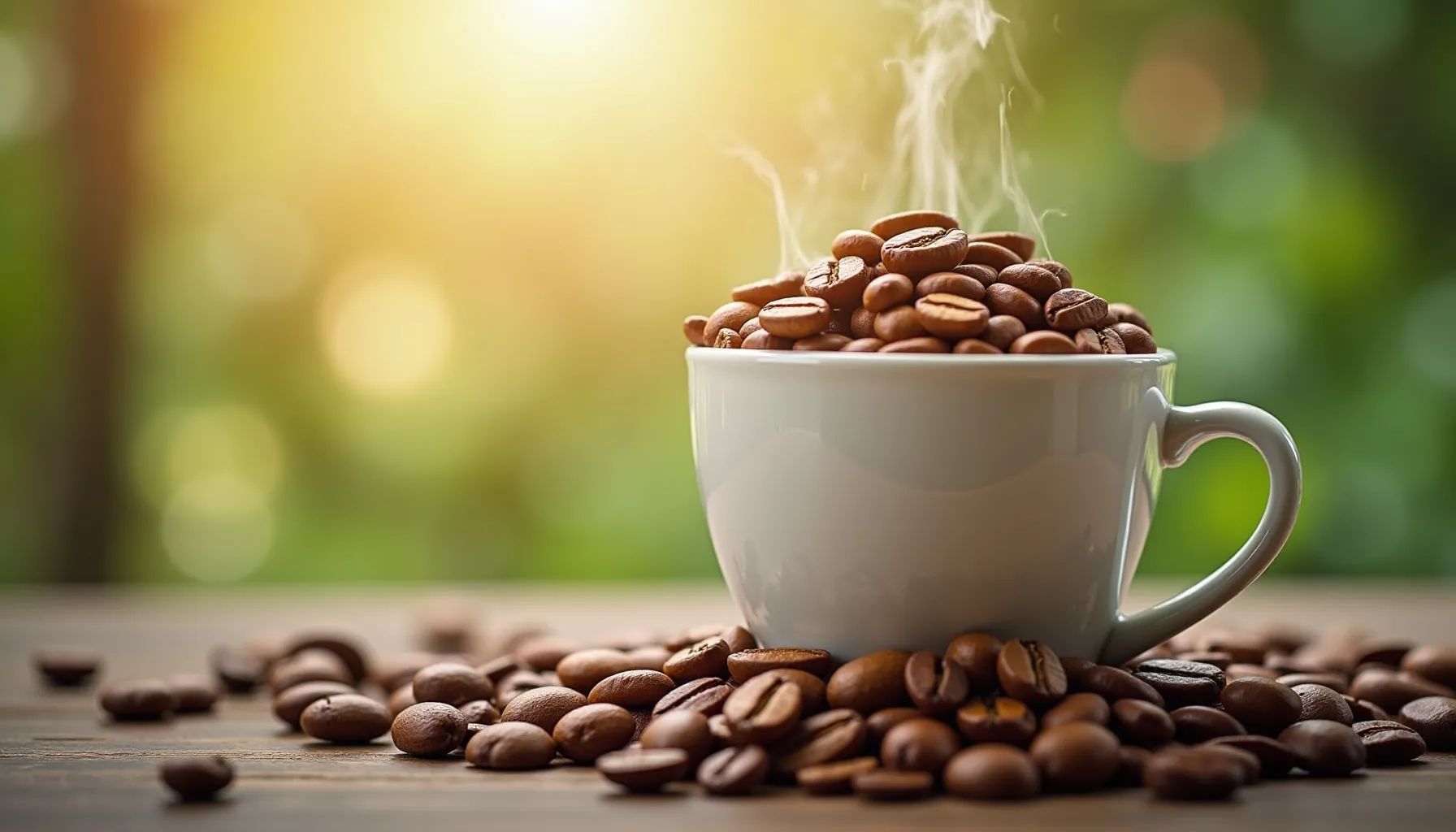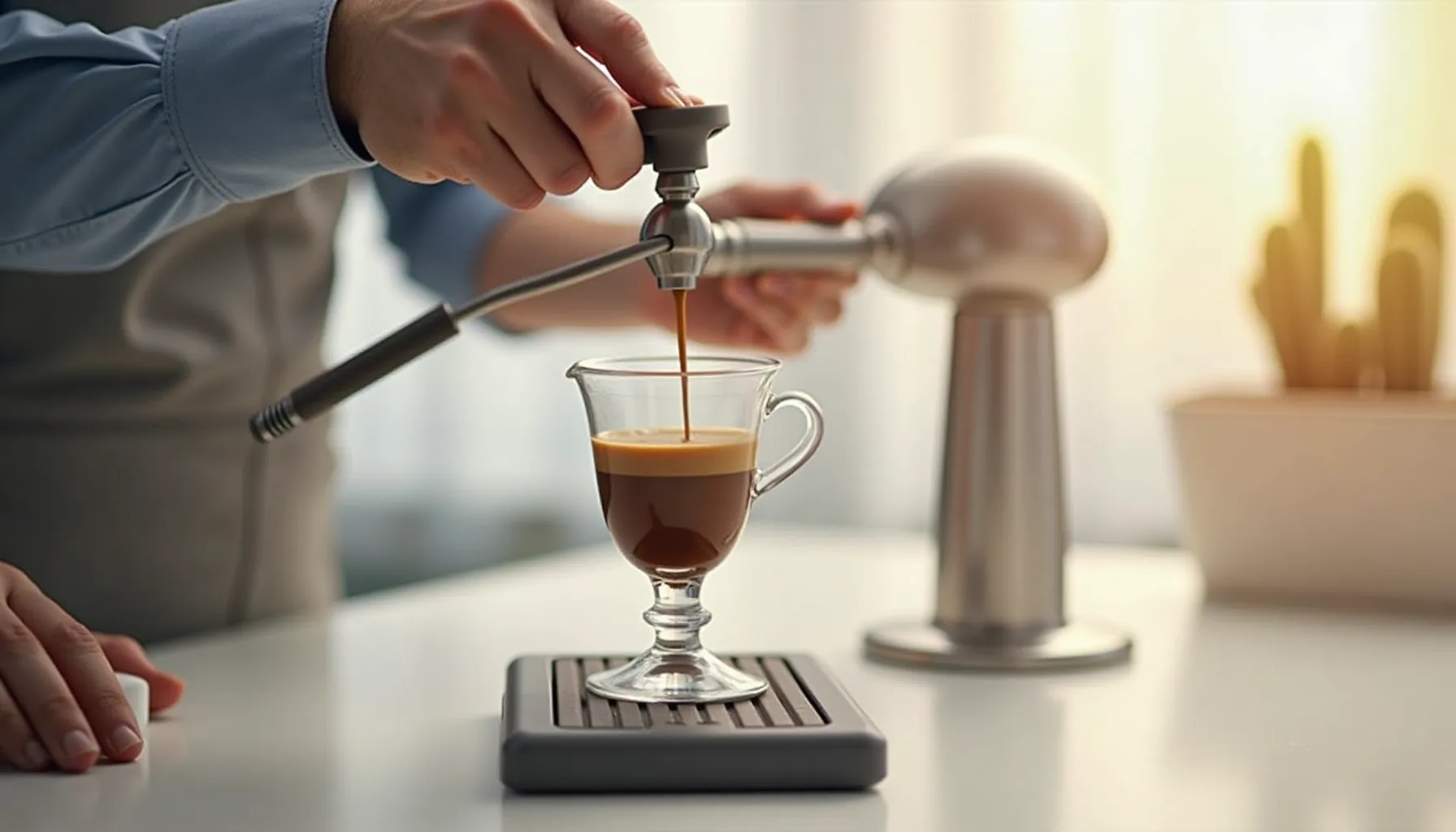Coarse ground coffee is more than just a choice; it's an experience. For those who cherish a rich and flavorful cup of coffee, understanding the nuances of coarse ground coffee is essential.
In this comprehensive guide, we'll journey through the world of coarse ground coffee, from its unique characteristics to its optimal brewing techniques. Learn more about the intricacies of coffee from this esteemed source.
Key Insights:
- Coarse ground coffee offers a distinct taste and aroma.
- The grind size plays a pivotal role in determining the coffee's flavor profile.
- Mastery over grind sizes can elevate your coffee-drinking experience.
Delving into Coarse Ground Coffee
Coarse ground coffee is characterized by its chunky texture, akin to breadcrumbs. This grind size is not arbitrary but is meticulously chosen for brewing methods that demand a prolonged extraction time, such as the revered French press or the refreshing cold brew.
The Allure of Coarse Ground
Opting for a coarser grind facilitates a gentler extraction process, yielding a brew that's smooth and devoid of any acrid aftertaste. It's the go-to choice for those who yearn for a coffee that's robust yet devoid of any bitterness, which is often a byproduct of finer grinds.
Photo by Wade Austin Ellis on Unsplash
Brewing Techniques Tailored for Coarse Ground Coffee
The French Press Odyssey
The French press, colloquially known as a press pot, stands out as a preferred method for brewing coarse ground coffee. The design of the French press, coupled with the coarser grind, ensures that the coffee grounds remain sequestered beneath the mesh sieve, offering a pure, unadulterated brew.
The Cold Brew Phenomenon
Cold brew coffee is an art in itself. It involves immersing coarse ground coffee in cold water over an extended duration, typically spanning 12-24 hours. The outcome is a concentrate that's smooth, slightly sweet, and brimming with caffeine.
The Intricate Dance of Grind and Extraction
The granularity of your coffee grind profoundly influences the extraction dynamics. Coarser grinds, by virtue of their reduced surface area, lead to a milder extraction. Conversely, finer grinds, due to their increased surface area, can often result in over-extraction, manifesting as a bitter undertone in the brew.
Preserving the Essence: Storing Coarse Ground Coffee
To retain the aromatic compounds and flavors of your coarse ground coffee, it's imperative to store it judiciously. An airtight container, shielded from the trifecta of light, heat, and moisture, is your best bet. Such precautions ensure that every cup you brew resonates with freshness and vigor.
Visual Aids: Videos to Augment Your Coffee Knowledge:
- The Art of Coffee Grinding:
- The Surprising Versatility of Coarse Ground in Aeropress
- Deciphering Grind Sizes: From Medium-fine to Medium-coarse
Further Exploration: Handpicked Resources
- Weighing the Pros and Cons of Coarse vs. Fine Coffee Ground
- Curated List: 7 Best Coarse Ground Coffee Brands
- Scientific Exploration: Impact of Grind Size on Extraction
Continuing our exploration into the world of coarse ground coffee, we now delve deeper into its various facets, from its historical roots to its modern-day resurgence. As we journey further, we'll also touch upon the environmental implications of coffee grinding and the global trends shaping its future.
Historical Roots: The Evolution of Coffee Grinding
The art of grinding coffee beans has ancient origins. Historically, communities across the globe employed rudimentary methods, using stones or manual grinders. The coarse grind, in particular, was favored for its ease of preparation and its suitability for traditional brewing methods.
The Renaissance of Manual Grinding
With the advent of technology, electric grinders became the norm. However, the 21st century witnessed a resurgence of manual grinding, especially among artisanal coffee enthusiasts. The tactile experience of grinding, combined with the precision it offers, has made manual grinders a staple in many households.
Environmental Implications: A Sustainable Approach
The coffee industry, like many others, has its environmental challenges. From water consumption to waste production, the implications are manifold. Coarse ground coffee, with its longer brewing times, often requires less water, making it a more sustainable choice.
Reducing Carbon Footprint
Opting for manual grinders not only reduces electricity consumption but also diminishes the carbon footprint. Moreover, many modern grinders are designed with sustainability in mind, using eco-friendly materials and promoting longevity.
Global Trends: The Future of Coarse Ground Coffee
The global coffee landscape is ever-evolving. With consumers becoming more discerning and environmentally conscious, the demand for coarse ground coffee is on the rise.
The Rise of Specialty Brews
Specialty brews, which emphasize the unique flavors and aromas of coffee, often rely on coarser grinds. As cafes and households experiment with diverse brewing methods, coarse ground coffee is set to play a pivotal role.
Embracing Technology
While the charm of manual grinding is undeniable, technological advancements are enhancing the coffee grinding experience. From grinders with AI capabilities to those that can adapt to humidity and temperature, the future looks promising.
Conclusion
Coarse ground coffee, with its rich history and modern-day significance, is more than just a beverage choice; it's a testament to the evolving relationship between humans and coffee. As we stand at the crossroads of tradition and innovation, it's heartening to see how coarse ground coffee bridges the gap, offering a brew that's both timeless and contemporary.
Its resurgence in recent years is not merely a trend but a reflection of a deeper, more profound appreciation of the art of coffee-making. As we look to the future, it's clear that coarse ground coffee will continue to shape our mornings, conversations, and moments of introspection, reminding us of the simple pleasures of life.
Frequently Asked Questions
-
Why is coarse ground coffee preferred for cold brews?
- Coarse ground coffee allows for a slower extraction process, making it ideal for cold brews that steep over extended periods.
-
How does grind size affect caffeine content?
- The grind size can influence extraction rates. Coarser grinds might result in a milder extraction, potentially leading to lower caffeine content compared to finer grinds.
-
Can I use coarse ground coffee in an espresso machine?
- Espresso machines are typically designed for finer grinds. Using coarse ground coffee might result in a weak or under-extracted shot.
-
How should I store my coarse ground coffee to retain freshness?
- Store it in an airtight container, away from light, heat, and moisture to preserve its aromatic compounds and flavors.
-
Is there a significant taste difference between manually ground and electrically ground coffee?
- While the grinding method might not directly influence taste, manual grinders offer more control over grind size, potentially leading to a better-tailored brew.













